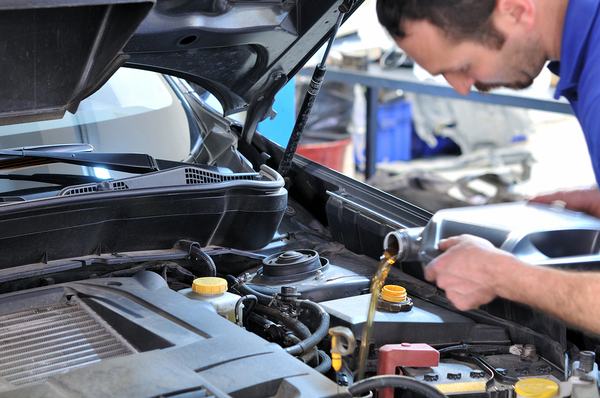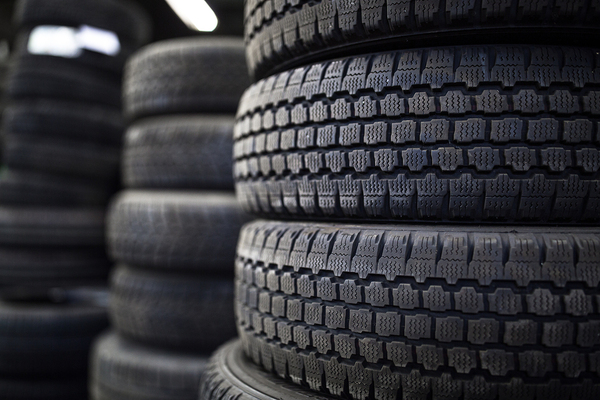Is It Necessary to Follow the Suggested Factory Maintenance Schedule?
Is It Necessary to Follow the Suggested Factory Maintenance Schedule?

You don’t have to do it immediately but preventative maintenance is a good idea.
It’s a human reaction to mutter “Ugh, do I have to?” when an alert lights up on the dashboard. Even something as simple as an oil change can take time out of your day that you may not have to spare. You might even wonder if these maintenance alerts are for your benefit or the dealership’s benefit. So what’s the deal? Do you have to stick to the maintenance schedule, or can you address these issues at your own pace?
An Ounce Of Prevention
Nobody, not even the car manufacturer, expects you to see the oil light flick on and immediately swerve across three lanes of traffic to pull into the closest auto repair shop. In fact, maintenance schedules are rarely hard and fast rules, but usually guidelines. It’s not that once you hit 50,000 miles, your tires will immediately explode. You can usually push any aspect of your car a bit further than the maintenance schedule recommends since these schedules are designed conservatively in order to limit accidents.
But periodic maintenance, which is what the automotive industry calls that maintenance schedule, isn’t recommended in order to sell you parts. It’s a schedule designed to ensure you get the most life out of your car, and if you don’t stick to it, it’ll cost you.
Cars are complex machines expected to do a lot, and sooner or later that begins to tell on them. Oil is a good example. If you ignore the oil light for a week, your car will probably be fine. But the issue is that motor oil properly lubricates your car’s parts. Keep in mind, your car’s motor is literally containing explosions and harnessing their power to keep you rolling. Set off enough explosions inside any container and it’s going to suffer eventually. Over time, if you don’t change the oil, your engine’s parts will begin to wear out, your car’s performance will suffer, and in extreme situations, the entire motor will become useless. It’s a matter of paying a little now or paying a lot later.

Tires need rotation and replacing, for your safety.
Stick To The Schedule
Fortunately, the maintenance schedule is more than a list of financial obligations, and it’s fairly easy to anticipate. For example, if you’re shopping for a used car, you should pull the car’s history and check to see if the maintenance schedule has been followed. That’ll give you a better idea of how the car has been treated, and if, for example, you see maintenance that needs to be done at 60,000 miles on the report, but the odometer doesn’t read 60,000 or more, then you have an idea that something’s up.
It will also keep up the overall value of your car if you get it new. A well-cared-for trade-in both saves the dealer money and raises the chances of selling the car quickly. But perhaps most importantly, a little prevention now prevents you from having to spend far more later, and it also protects you and your family. The schedules may be a bit conservative, and nobody enjoys running a sudden errand, but some inconvenience beats the alternative.
Ready to learn more about car shopping, from maintenance schedules to financing? Start with the research from CarFoundMe!


